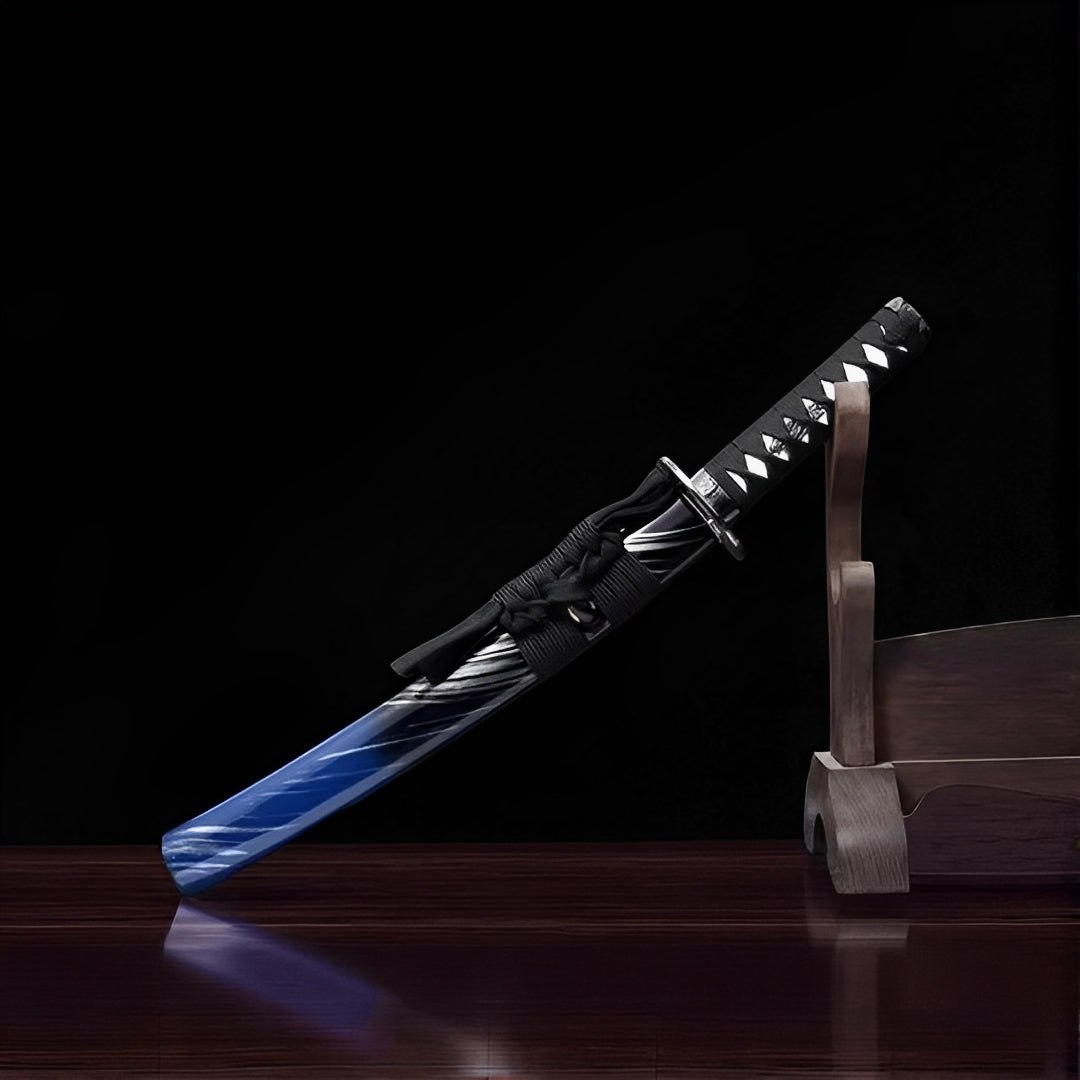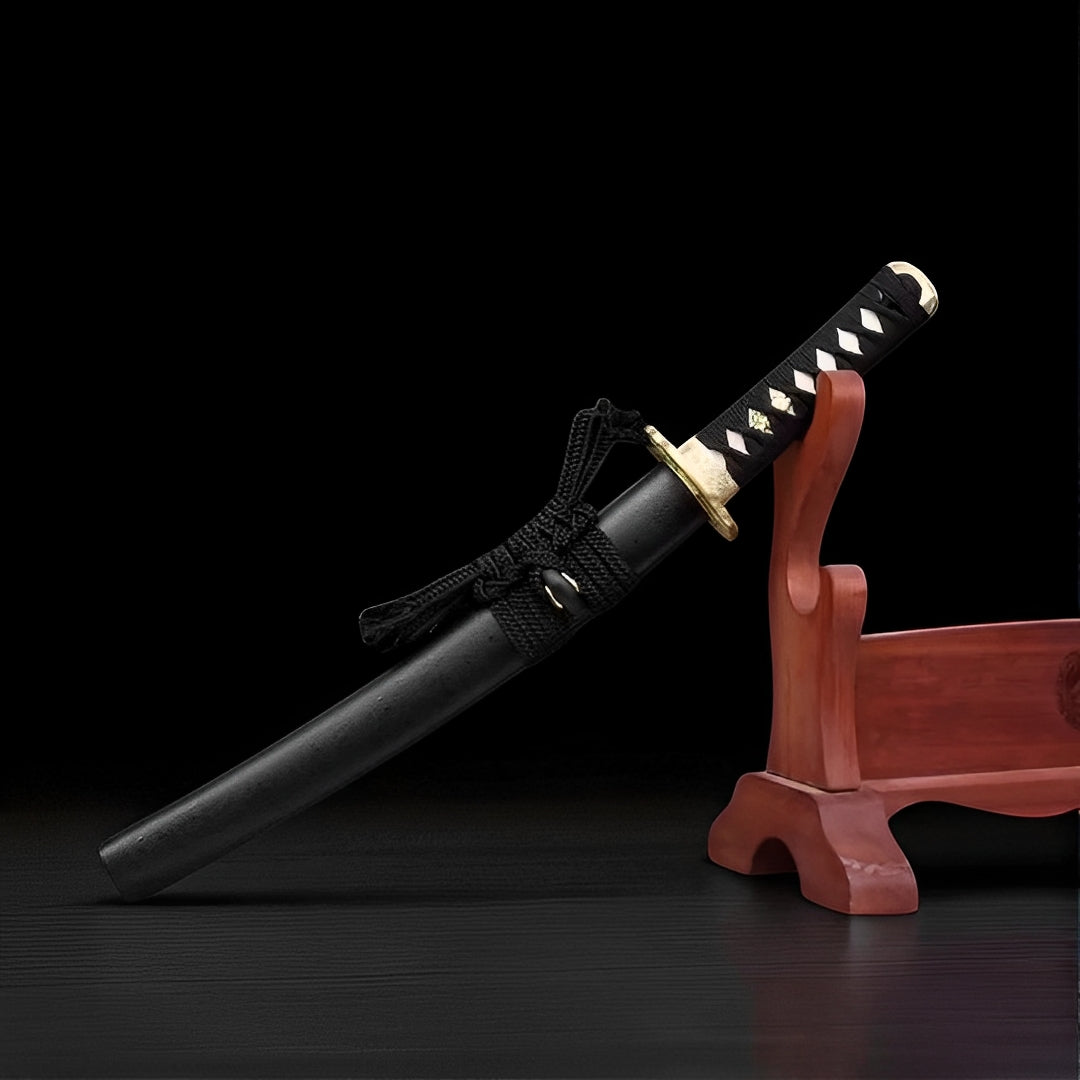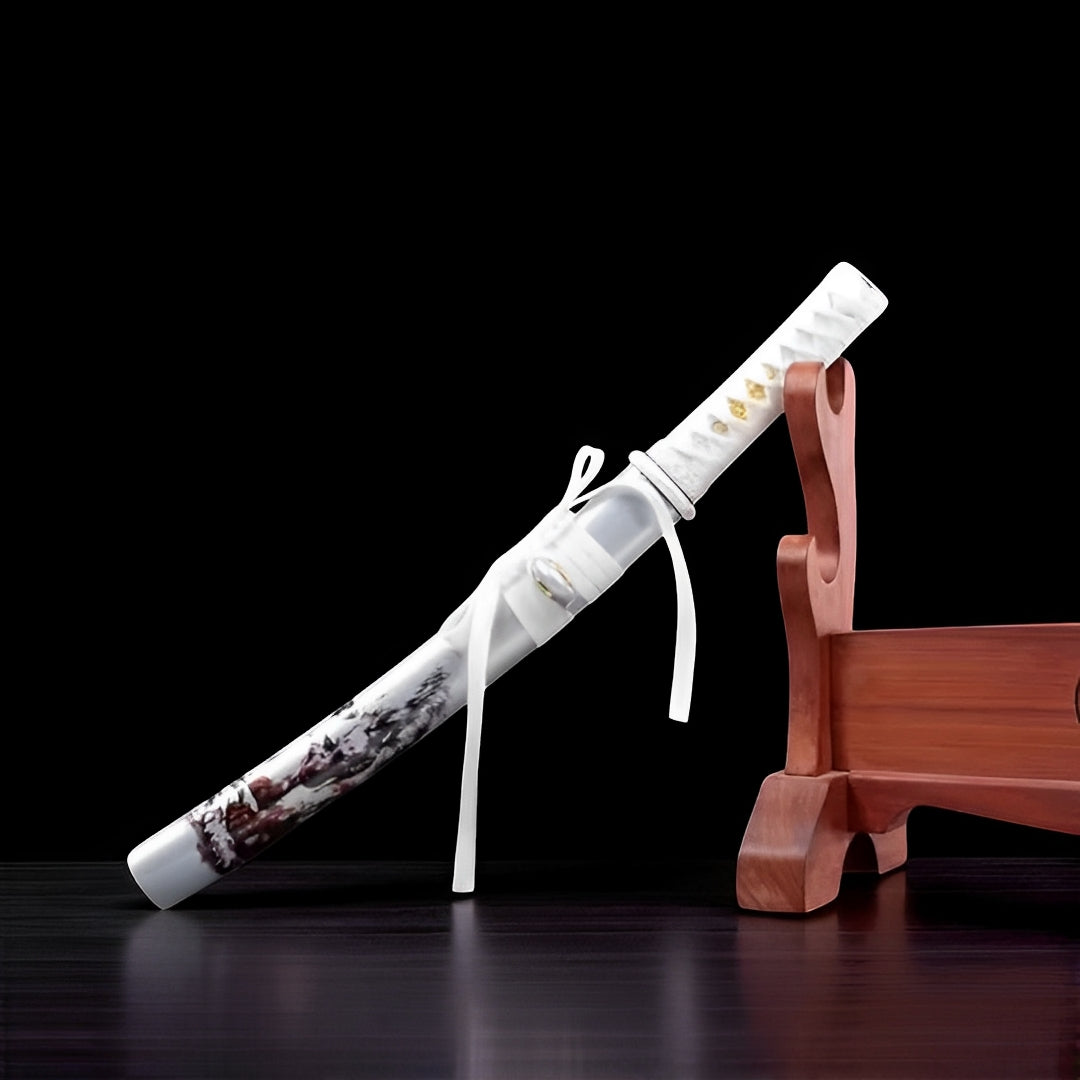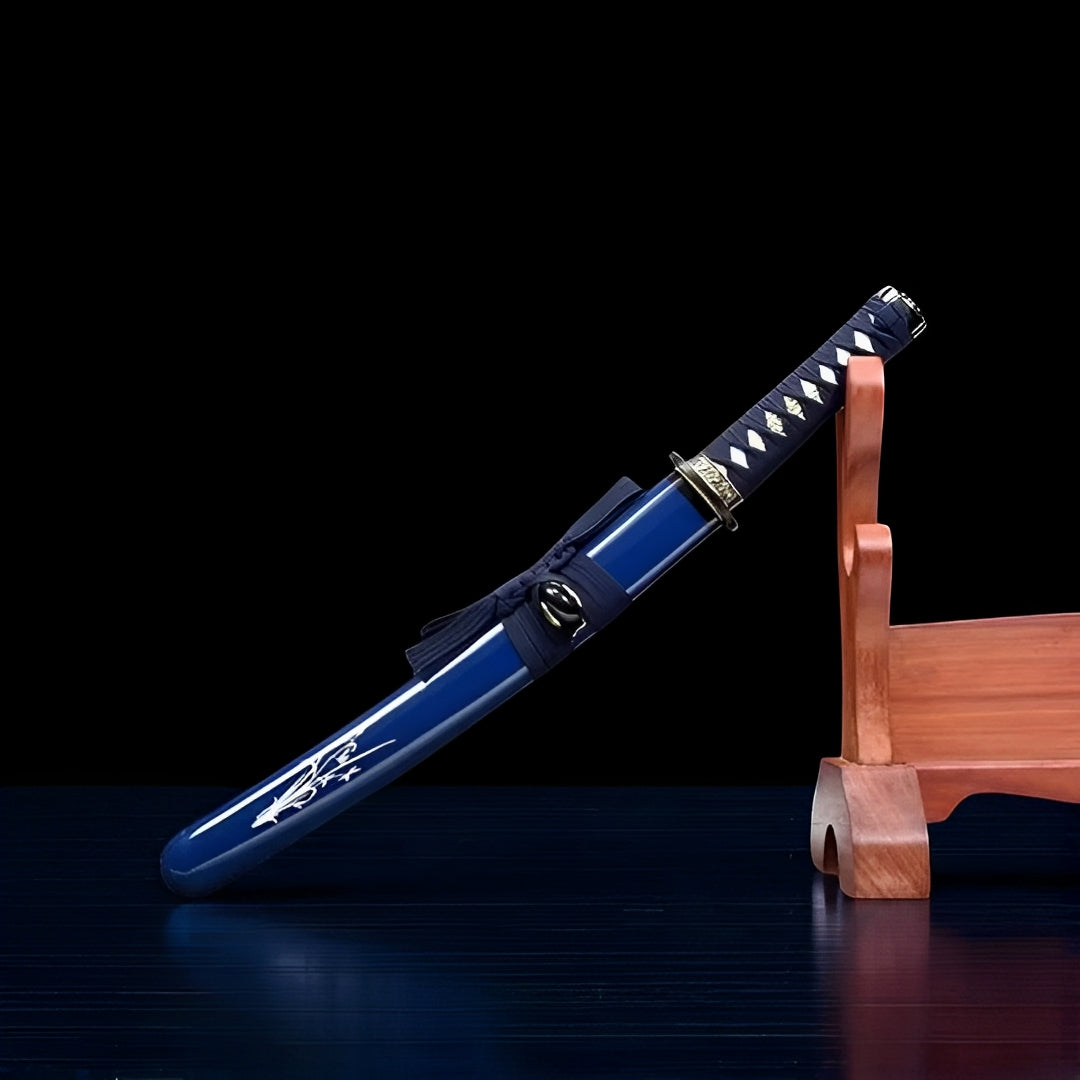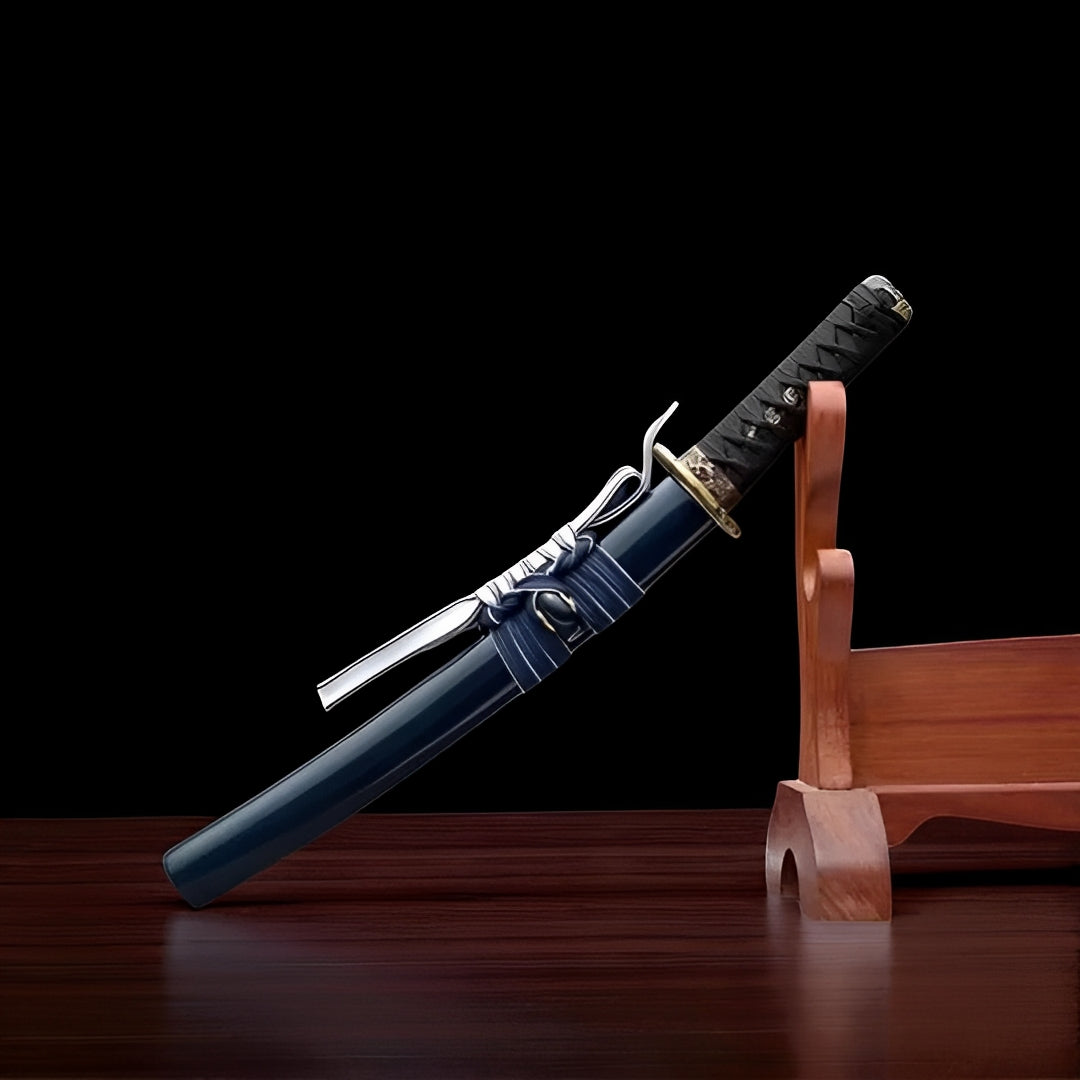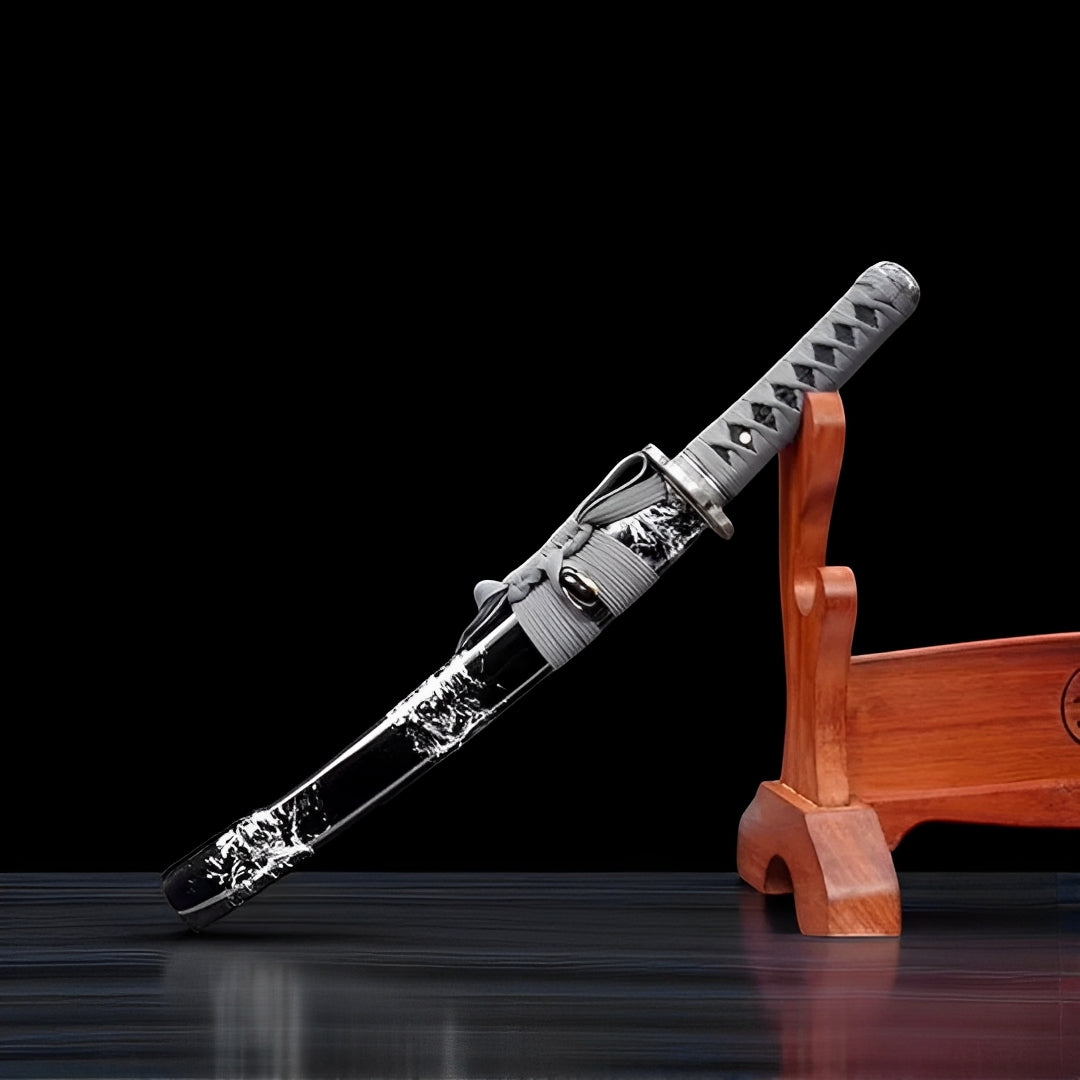Aoto Tanto (T10 Steel) - 青刀
Ships within 48/72h
Forged Blade
Collector Quality
Trusted Globally
Inspired by Japan
Ships within 48/72h
Forged Blade
Collector Quality
Trusted Globally
Inspired by Japan
Enzan Tanto (T10 Steel) - 炎山短
Ships within 48/72h
Forged Blade
Collector Quality
Trusted Globally
Inspired by Japan
Ships within 48/72h
Forged Blade
Collector Quality
Trusted Globally
Inspired by Japan
Aozora Tanto (T10 Steel) - 青空短
Ships within 48/72h
Forged Blade
Collector Quality
Trusted Globally
Inspired by Japan
Ships within 48/72h
Forged Blade
Collector Quality
Trusted Globally
Inspired by Japan
Ships within 48/72h
Forged Blade
Collector Quality
Trusted Globally
Inspired by Japan
Byakuen Tanto (T10 Steel) - 白炎短
Ships within 48/72h
Forged Blade
Collector Quality
Trusted Globally
Inspired by Japan
Collection Description – About this Collection
Discovering the Legacy of the Tanto: Japan's Silent and Deadly Blade
Far more than just a small sword, the Tanto is a symbol of precision, honor, and silent strength in the world of traditional Japanese weaponry. Often overshadowed by its longer siblings, the katana and wakizashi, this deceptively modest dagger has a legacy that pierces through centuries of samurai warfare, ceremony, and artistry.
A Blade Born in the Shadows of History
The Tanto emerged during Japan’s Heian period (794–1185), predating even the katana. While early versions were simple and functional, it was during the Kamakura era that the tanto blossomed into a revered blade of both warfare and beauty. Designed primarily for stabbing, the tanto's compact size made it the perfect companion for close-quarters combat, where agility and discretion were vital.
Worn tucked into the obi belt or even hidden within the folds of a kimono, the tanto became a trusted last line of defense for samurai. Its short, often straight blade (typically 6 to 12 inches) allowed for quick, precise strikes, deadly in the hands of a trained warrior.
But the tanto wasn’t only a battlefield weapon, it was also the instrument of seppuku, the solemn ritual suicide practiced by samurai to preserve honor in the face of shame or failure. In this context, the tanto was wielded not in rage, but in reverence.
The Art of Crafting a Masterpiece
Creating a traditional tanto requires mastery that few swordsmiths can claim. Forged from tamahagane steel, extracted from rare ironsand and smelted in ancient tatara furnaces, each blade is a testament to centuries-old techniques passed down through generations.
The blade undergoes hundreds of folds to eliminate impurities and enhance strength, followed by expert clay tempering to create the elegant hamon line. Handles are crafted from honoki wood and often wrapped in rayskin and silk ito for a firm grip. High-end pieces feature fittings adorned with copper, silver, or gold, engraved with motifs that echo Japan’s spiritual and natural heritage.
The polishing, sharpening, and final mounting involve multiple artisans, each specializing in a particular phase, ensuring that every tanto is not just a weapon, but a timeless piece of art.
Why the Tanto Still Captivates Today
Even in the modern world, the tanto remains a captivating symbol of Japan's warrior culture. Whether as a collector’s item, a martial arts training tool, or a display of heritage, its presence is undeniable.
Collectors and Enthusiasts
Certified antique tantos can reach astronomical values at auction, particularly those made by legendary swordsmiths. With their deep historical significance and unique aesthetics, they are among the most coveted pieces in any Nihonto collection.
Martial Arts and Tanto-jutsu
Many martial arts schools, especially those teaching Kenjutsu or Aikido, incorporate Tanto-jutsu into their curriculum. Practitioners learn to defend and disarm with the tanto, refining precision, awareness, and discipline.
Cultural and Pop References
From the hands of shinobi in period dramas to the belts of video game legends like the Ghost of Tsushima, the tanto continues to find its place in global media. Its short, lethal silhouette has become an icon, evoking mystique and respect.
Comparing the Tanto to Other Samurai Blades
| Feature | Tanto | Katana | Wakizashi |
|---|---|---|---|
| Length | 6–12 inches | 23–28 inches | 12–24 inches |
| Primary Use | Stabbing, piercing | Slashing, dueling | Backup, close combat |
| Blade Curve | Straight or minimal | Deep, elegant curve | Slight curve |
| Portability | Easily concealed | Carried at waist | Paired with katana |
While some view the tanto as a “small katana,” this blade holds its own with a distinct form and function.
Caring for Your Tanto: Tradition Meets Responsibility
Owning a tanto is a privilege and maintaining it is an art in itself.
-
Cleaning: Use a soft microfiber cloth to gently wipe the blade after handling. Apply a light layer of choji oil (or tsubaki oil) to prevent rust.
-
Handling: Never touch the blade with bare hands, natural oils from the skin can corrode the steel over time.
-
Storage: Keep your tanto in a dry, cool place, ideally in a traditional shirasaya. Monthly inspection is recommended to detect early signs of oxidation or damage.
Final Words: The Soul of the Samurai, Refined and Miniaturized
The Tanto is not merely a dagger, it is the soul of the samurai, condensed into a blade that fits in the palm of your hand. It’s where stealth meets precision, where art meets warfare, and where legacy meets modern admiration. In our exclusive Tanto collection, you'll find blades that honor this tradition, crafted with integrity, sharpened by history, and waiting for their next chapter.
